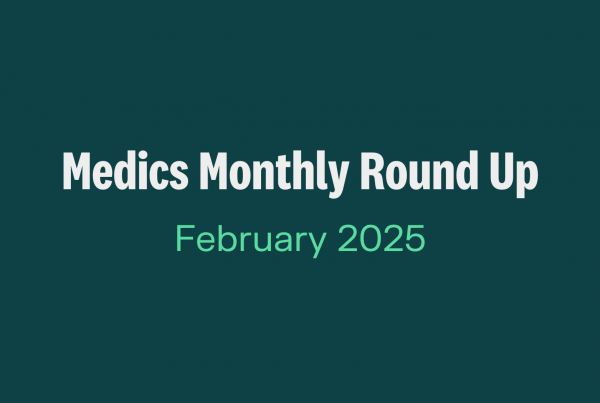Blog by Julian Mount, Business Development Manager, RLDatix
In healthcare, patient flow and transport are crucial elements that directly impact patient outcomes and operational efficiency. The patient experience doesn’t start or end at the hospital door; it encompasses every step of their healthcare journey. Multiple studies have shown that bottlenecks in the system can lead to significant delays and complications.
During the recent Patient Flow Conference, I explored the issues surrounding patient flow and transport through a customer story and wanted to share our insights.
Understanding the Challenges
Delays in Discharge
One of the most significant challenges in patient flow is delays in discharge. These delays can occur for several reasons:
- Assessing post-acute care needs: Evaluating what kind of care a patient will need after discharge is often time-consuming.
- Coordinating care and support: Organising and arranging the necessary care and support services can be complex and slow.
- Discharge procedures: The actual process of organising transport and ensuring all paperwork is complete can create additional delays.
These delays not only impact the hospital’s ability to manage its beds effectively but also result in poorer health outcomes for patients and increased costs for the healthcare system.
Transfer Delays
Transfer delays, whether within the hospital or external facilities, also pose significant challenges. These delays can lead to unnecessary overnight stays, increased stress for patients, and a strain on hospital resources. Studies have shown that 10% of non-emergency journeys remain unfilled, highlighting inefficiencies in the current system.
Sheffield Teaching Hospital – Customer story
Sheffield Teaching Hospital provides a pertinent example of the complexities involved in managing patient flow and transport. With five sites in a small geographical area and a specialist centre for Accident and Emergency (A&E) at one site, the hospital faces unique challenges. Some of the issues they have encountered include:
- 12-hour trolley breaches in A&E.
- Moving patients to the correct speciality.
- Unnecessary overnight stays.
- Managing a major incident.
- Little resilience with only 2 regular suppliers
- Understanding the need for better management of providers.
- Standard processes that are slow, often taking up to six months.
- High volume of patients.
- Coordination between finance, procurement and operations.
By implementing Transport Marketplace, Sheffield Teaching Hospitals NHS Foundation Trust has seen numerous benefits and improvements such as reduced length of sage and enhanced bed capacity and flow across the trust.
Strategies for Improvement
The Role of Non-Emergency Patient Transport
Non-emergency patient transport is a vital component of patient flow. Efficiently managing patient transport can significantly reduce delays and improve overall patient care.
Allocate Transport Marketplace
Implementing the Transport Marketplace is a game changer for responding to transport demand. This system allows healthcare providers to:
- Access compliant providers quickly and efficiently.
- Collect essential data to monitor and improve transport services.
- Reduce costs by optimising transport routes and reducing unfilled journeys.
New Concepts for Patient Flow Improvement
Adopting new concepts and technologies like Allocate Transport Marketplace, is essential for improving patient flow. These improvements include:
- Real-time data collection and analysis to identify and address bottlenecks swiftly.
- Improved communication and coordination between different departments and external providers.
- Streamlined discharge procedures to ensure patients can leave the hospital as soon as they are ready.
Conclusion
Improving patient flow and transport in healthcare settings is not just about reducing delays; it’s about enhancing the overall patient experience and ensuring better health outcomes. By adopting innovative solutions like Allocate Transport Marketplace and focusing on efficient non-emergency patient transport, healthcare providers can significantly improve their operations.
At the end of the day, these improvements lead to a more resilient healthcare system, better patient care and reduced costs. For patient flow managers, bed managers, and heads of patient flow, the message is clear: the time to innovate and optimise is now.
For more information on how to implement these strategies and improve your patient flow, book a consultation with one of our experts today. Together, we can enhance patient outcomes and create a more efficient healthcare system for all.






